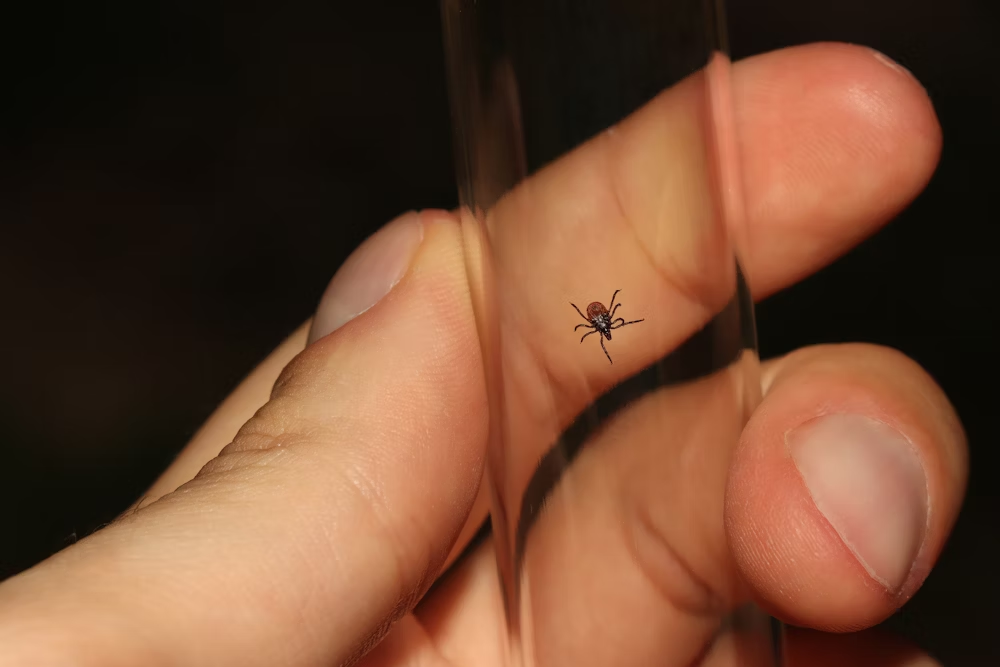
Effective state wetland regulations will minimize impact in Connecticut and New York
A May 25 Supreme Court ruling in Sackett vs. Environmental Protection Agency is a devastating blow to protection of wetlands across the country, stripping the protections provided by the Clean Water Act dating back to 1977. The 5-4 decision essentially redefines the “Waters of the United States” to exclude wetlands that don’t have the continuous surface connection, which will limit severely EPA’s jurisdiction over virtually all of our nation’s wetlands.
At the core of the ruling is a requirement that wetlands be connected to rivers by surface channels so as to be indistinguishable from the surface water body in order to be protected under the Clean Water Act. This narrow distinction ignores the reference in the Clean Water Act to wetlands “adjacent to” navigable waters (33 U.S. Code § 1344(g)(1)) as well as basic geology and ecology of the more than two dozen different types of wetland habitats, which serve a variety of vital functions, including providing a buffer for pollutants, habitat for fish and wildlife, flood mitigation, and shoreline stabilization.
Roger Reynolds, Senior Legal Director, Save the Sound: “The decision of the five-Justice majority is the worst-case scenario for federal wetland protection. In one fell swoop, virtually all of wetlands are read out of the Clean Water Act and cast into regulatory uncertainty. Like their decision last summer in West Virginia v. EPA in which the Supreme Court dismantled key protections in the Clean Air Act, the five Justices have imposed the anti-environment result they favor over the will of Congress. This makes it all the more important that we re-double our efforts to use all available tools to protect Connecticut and New York wetlands, including local and state laws.”
Bill Lucey, Long Island Soundkeeper, Save the Sound: “Having worked in research and permitting for wetland delineation, the most frustrating conclusion of this ruling is the connection argument. Everything is connected in a watershed. Even if we don’t see the connection, water can travel from small woodland puddles through passages underground, slowly releasing into stream channels at their headwaters. These upland sponges can maintain baseflows of small streams during extended drought, keeping channels wetted long enough for life to survive until the next rain. This ruling disregards the basic mechanics of how our watersheds cycle water and retain resiliency to a variety of climate situations. Destroying habitats that were in many cases created over thousands of years simply for the convenience of a property owner is disrespectful in the deepest sense.”
David Ansel, Vice President of Water Protection, Save the Sound: “Fortunately, New York and Connecticut each have state wetlands statues that are administered locally. They have played a critical role in our efforts to protect key wetlands resources across the Long Island Sound region, such as The Preserve, a 1,000-acre coastal forest in Old Saybrook, CT. We will continue to advocate in Albany and Hartford in pursuit of the strongest possible protections for all waters in our region.”





